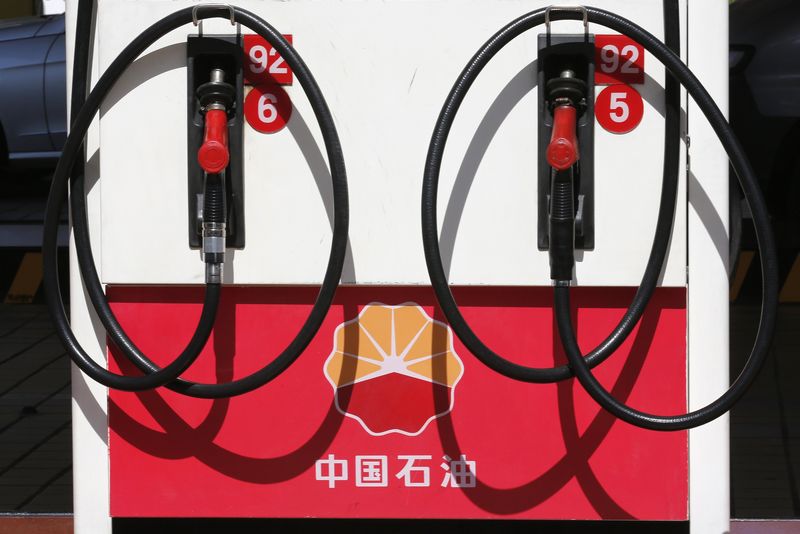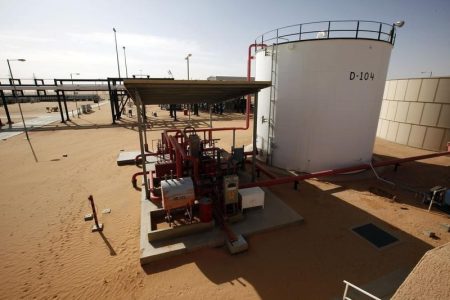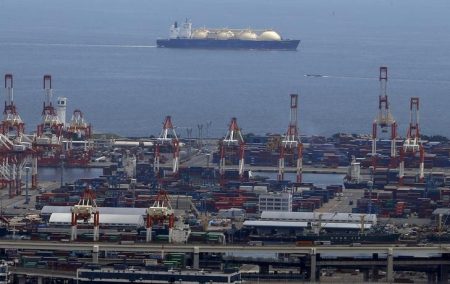Investing.com — Oil prices fell in Asian trade on Monday, retreating further from recent highs as data showed that an economic recovery in China, the world’s largest oil importer, slowed substantially in the second quarter.
Crude prices also saw an extended session of profit taking in Asian trade, after they surged to near four-month highs last week. Weakness in the dollar and optimism over slowing U.S. inflation were the biggest drivers of the rally.
But this rally somewhat stalled on Friday after data indicated that U.S. consumer sentiment and spending remained robust – a trend that could herald sticky inflation in the country and keep the Federal Reserve hawkish.
Losses spilled over into Monday, as traders locked in additional profits following weak data from China.
futures fell 0.9% to $79.13 a barrel, while futures fell 0.9% to $74.62 a barrel by 22:21 ET (02:21 GMT). Both contracts rose sharply over the past three weeks, also benefiting from signs of tighter supply following oilfield and loading shutdowns in Nigeria and Libya.
But production from most of Libya’s major oil fields resumed over the weekend, offsetting this trend.
China Q2 GDP underwhelms
(GDP) data from China showed that economic growth in the world’s largest oil importer slowed substantially from the first quarter.
The economy also grew at a from the prior year, as its biggest drivers – manufacturing and real estate activity – remained under pressure.
Weak economic readings from China have largely undermined forecasts that a recovery in the country will drive global crude demand to record highs this year. A recovery in the country now appears to be running out of steam, despite the lifting of anti-COVID measures earlier in the year.
Still, recent trade data showed that China’s oil imports remained largely robust, aided in part by refineries building inventory amid relatively low crude prices. But Chinese fuel demand remained under pressure, amid slowing business activity.
Crude markets remain focused on tighter supply, rate hikes
Beyond China, oil markets remained squarely focused on tightening global supplies and rising interest rates. Crude supply is expected to reduce substantially in the second half of 2023 as the impact of Saudi Arabian and Russian production cuts begins to be felt.
But this is expected to be somewhat offset by slowing global economic activity, especially as . The full impact of the Fed’s recent rate hike cycle is also yet to be felt by the economy.
Still, expectations of an imminent pause in the Fed’s rate hike cycle drove stellar gains in oil over the past two weeks, although markets now appear to have run out of steam.
Read the full article here















